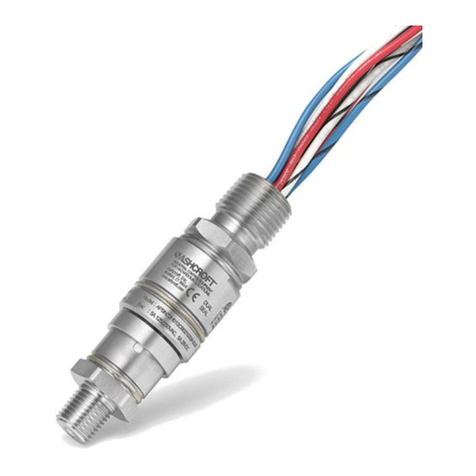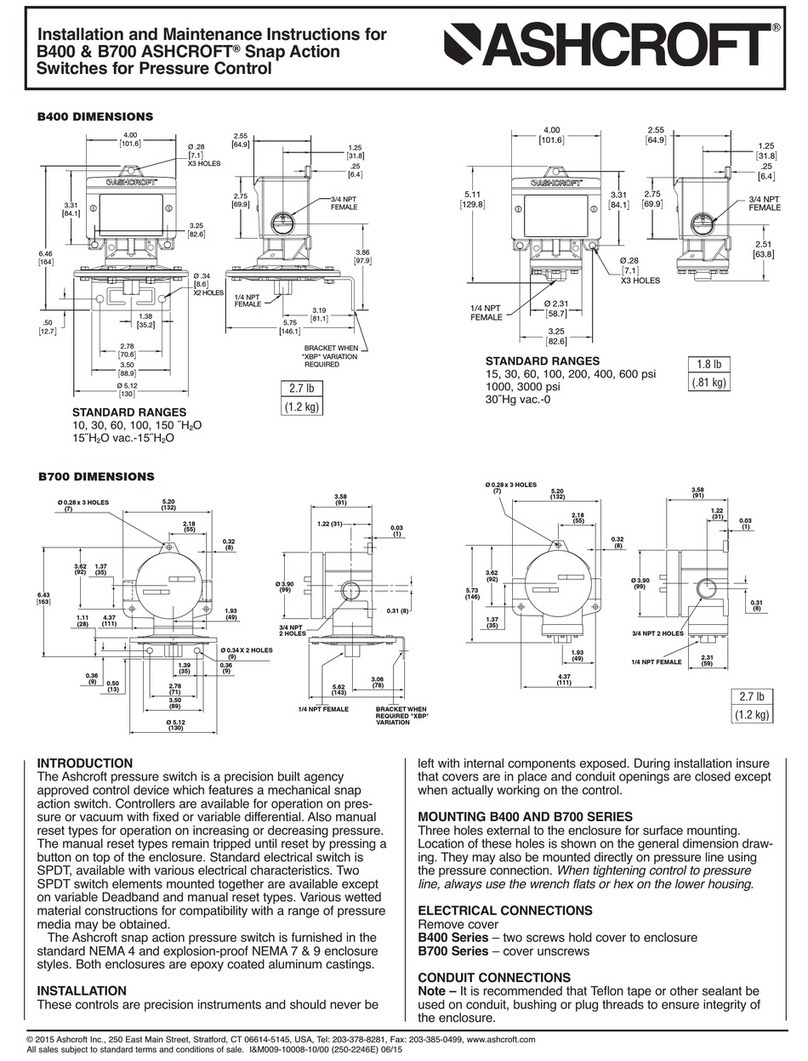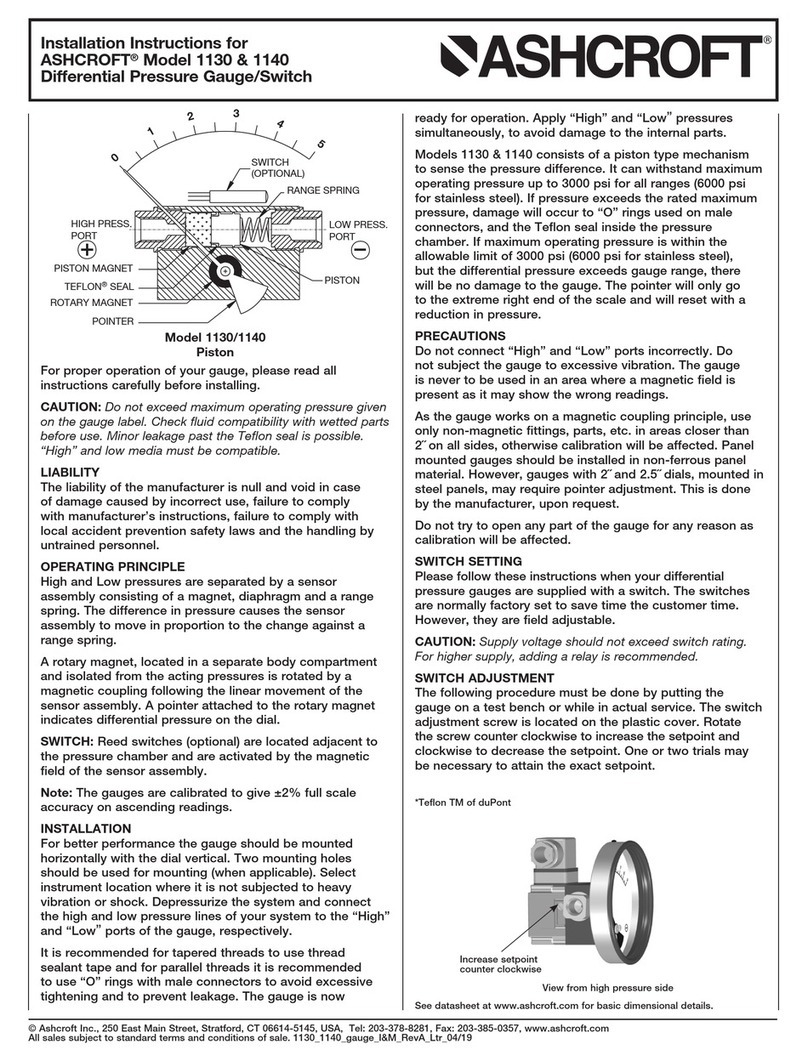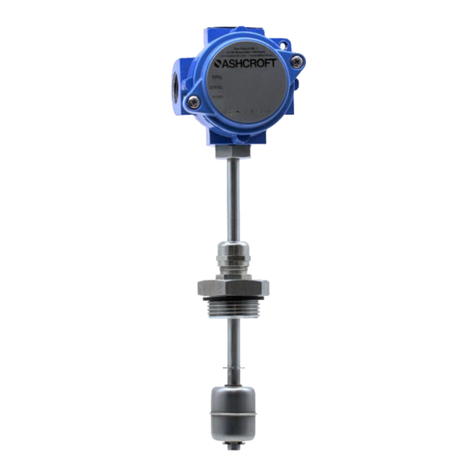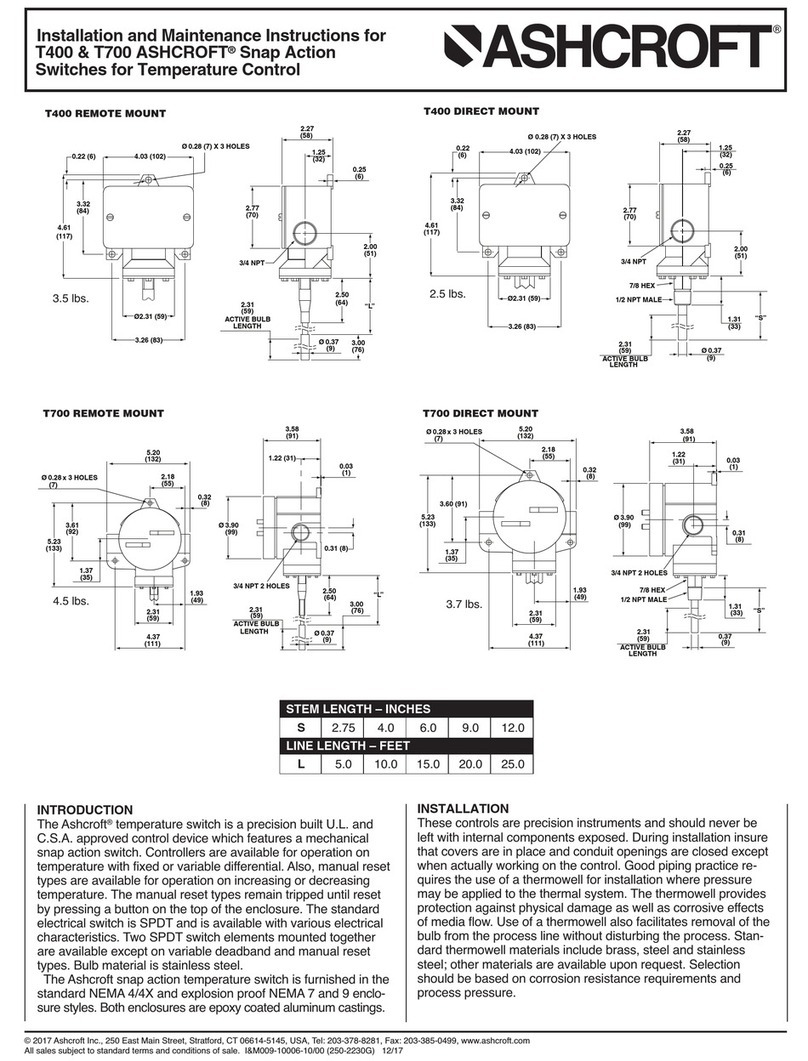
Page 2 of 19
Table of contents:
1General remarks.........................................................................................................................................................4
1.1 Purpose of this Manual........................................................................................................................................4
1.2 Symbols...............................................................................................................................................................4
1.3 Limits of liability ...................................................................................................................................................4
1.4 Copyright.............................................................................................................................................................4
1.5 Warranty..............................................................................................................................................................4
1.6 Manufacturer’s address, customer services........................................................................................................4
2Safety..........................................................................................................................................................................4
2.1 General sources of hazards................................................................................................................................4
2.2 Operator’s responsibility......................................................................................................................................5
2.3 Staff qualifications (target group assessment)....................................................................................................5
2.4 Signs/Safety markings.........................................................................................................................................5
2.5 Safety equipment ................................................................................................................................................5
2.6 Environmental protection.....................................................................................................................................5
3Use in explosion risk areas pursuant to Directive 94/9/EC (ATEX) ...........................................................................6
3.1 B7/D7/T7 flameproof enclosure and dust ignition protection by enclosure.........................................................6
4Technical data ............................................................................................................................................................7
5Labeling on the device................................................................................................................................................7
5.1 Labeling on the device for explosion risk areas (ATEX).....................................................................................7
6Construction and function...........................................................................................................................................7
6.1 Overview..............................................................................................................................................................7
6.2 Description of function.........................................................................................................................................7
6.3 Description of components..................................................................................................................................7
6.4 Accessories.........................................................................................................................................................8
7Transport ....................................................................................................................................................................8
7.1 Safety ..................................................................................................................................................................9
7.2 Transport inspection............................................................................................................................................9
7.3 Storage................................................................................................................................................................9
8Assembly/Installation..................................................................................................................................................9
8.1 Safety ..................................................................................................................................................................9
8.2 Preparations (requirements for the installation location).....................................................................................9
8.3 Mounting/Installation .........................................................................................................................................10
8.4 Starting up and setpoint adjustment..................................................................................................................11
8.5 Subsequent relocation of the switch (by the customer)....................................................................................12
9Servicing...................................................................................................................................................................12
9.1 Safety ................................................................................................................................................................13
9.2 Check on function, and recalibration.................................................................................................................13
9.3 Cleaning and maintenance ...............................................................................................................................13
10 Faults ....................................................................................................................................................................13
10.1 Safety.............................................................................................................................................................13
10.2 Conduct in the event of faults........................................................................................................................13
10.3 Fault table......................................................................................................................................................13
10.4 Conduct following fault rectification...............................................................................................................13












